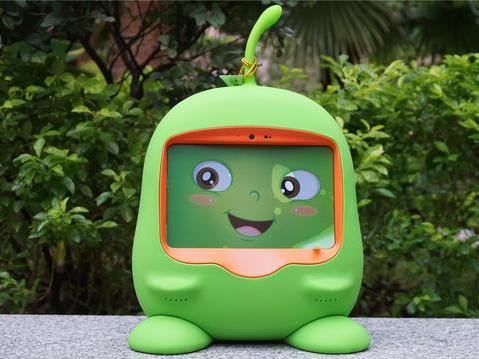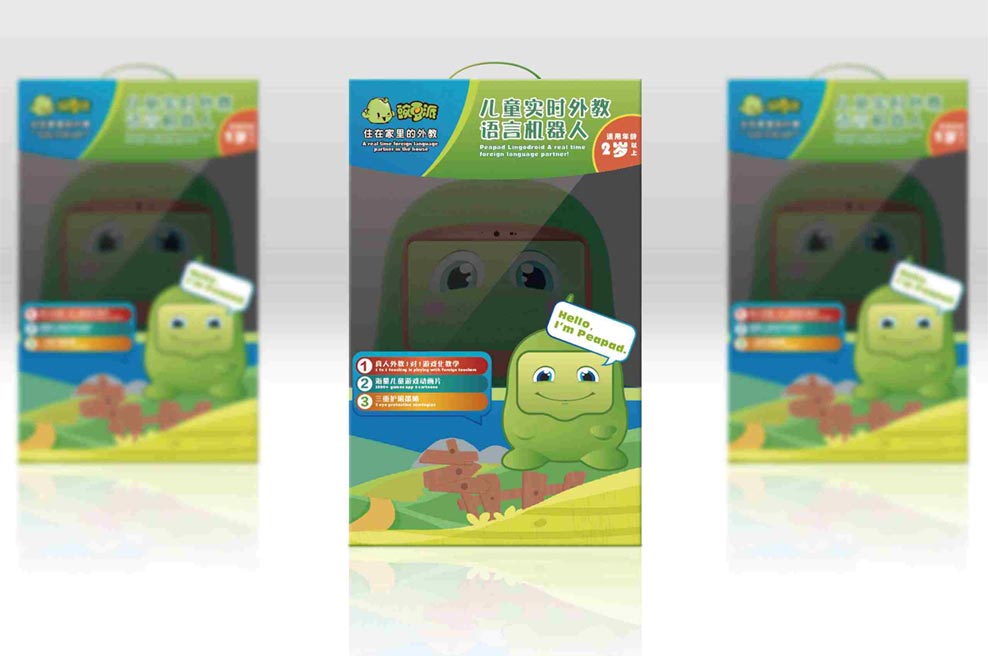Client country: China
Services: industrial design|mechanical design|electronic design|functional prototyping|mould development|supply chain management
With the advancement of technology, the education sector is also evolving. OPD Design was commissioned by a client to develop a smart educational robot specifically for children aged 5-12: the Pea Pod Educational Robot. This product aims to make English learning more engaging and efficient through interactive and personalized methods. Many current educational robots on the market suffer from issues such as limited content, poor interactivity, and subpar user experience. Safety is often overlooked as well. Therefore, we decided to develop an educational robot that can spark children’s interest in learning, provide personalized educational content, and ensure safety.



Through the entire process from concept to market, OPD Design successfully helped the client develop the Pea Pod Educational Robot. This product not only addresses the many issues found in current educational robots but also brings significant value to the client. The Pea Pod Educational Robot not only sparks children’s interest in learning but also helps parents better monitor and guide their children’s learning. It enhances the client’s market competitiveness, brand influence, and user satisfaction, provides more sales opportunities, and offers data-driven continuous improvement. senior care robot we developed together not only met but exceeded our expectations. It has received widespread praise from customers and has positioned us as leaders in the industry. We look forward to continuing our partnership and exploring more innovative solutions.”
This case study showcases OPD Design’s commitment to delivering high-quality, innovative solutions that meet the unique needs of our clients. We are proud to have contributed to the success of YYD’s senior care robot and look forward to future collaborations.